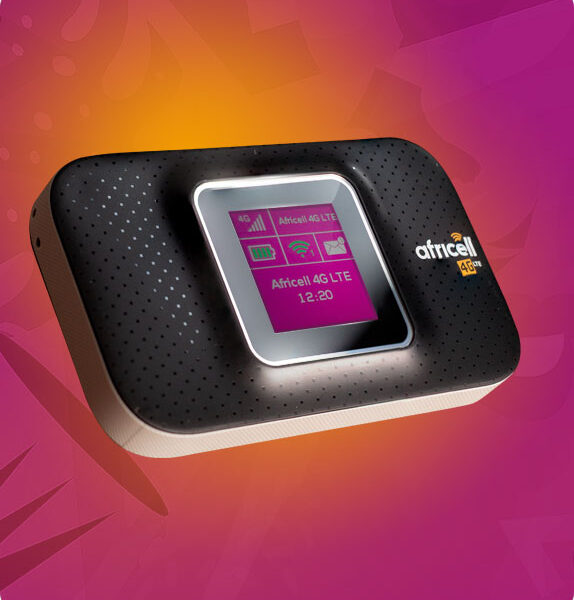Science and Technology with Suliman Bah
With the Easter break looming just around the corner, I have realized that most secondary schools and university students are in preparation for their exams; therefore as a helping hand from Sierra Express Media, we have decided to give our science students tips on how to perform and report on experiments.
When performing an experiment in any of the sciences disciplines there are certain procedures if carried out carefully are likely to ensure a more successful conclusion to your experiments.
THE HEADING
Always be sure to write the number and title of the experiment and the date on which it is performed.
SET-UP
Check that your set of apparatus is complete. Lay out your apparatus neatly and in such a way that you can take readings conveniently. This is particularly important in an electrical experiment where you must arrange the apparatus as indicated in the circuit diagram. You must always invite your teacher/lecturer to check your connections etc. (of course this can only be done during your classes or lectures and not in examinations.) draw a very simple labelled diagram of your set-up, showing the arrangement of the apparatus and the measurements to be made.
READINGS
Record each measurement as you make it. It may be necessary in some cases to repeat a measurement and then take a mean value of the two readings. By entering all the readings in your report you will provide evidence of the measurement taken and will be able to check each one should the need arise. For purposes of neatness and clear recording, which is essential, it is advisable to record the reading in a pencil and only a pen after you have made sure that it is accurate. Whenever possible, enter your results in an orderly table and remember to insert the appropriate units of measurement. It is necessary to consider in every measurement the degree of accuracy of the measurement which depends on the scale of the instrument used. This is indicated by the number of significant figures or the number of decimal places to which the value is given. For example if I say that a length is 2.65cm, it means that I have used a scale which reads to the nearest 0.05cm. That is, 0.05cm (or half a millimetre) is the reading accuracy of the scale. Even when the result is exactly 2cm I must write the measurement as 2.00cm so as to indicate that the measurement is neither 1.95 nor 2.05cm.
Having obtained a series of direct readings, x and y say, I may be required to plot a graph of a certain function of y against a certain function of x. most notably I may be required to calculate
- The reciprocal 1/x and 1/y
- The squares x² and y²
- The square roots √x and √y
- The product of xy
- The quotient x/y
- The logarithms log y and log x
GRAPHS
Always make sure you choose a suitable scale. This should be such that it can be used directly and easily without auxiliary calculations. Therefore scales such as 1cm to represent 1 units or multiples thereof (e.g. 0.1, 0.2, 0.2 or 2, 5, 10 etc.) should be used. Scales such as 2cm to represent 5units or 1cm to represent 3units should be avoided. Also be sure to demarcate the axes of the graph clearly.
AMAZING FACTS
Did You Know
The word “alphabet” comes from the first two letters of the Greek alphabet, alpha and beta. (α and β)
D.I.Y
The Do It Yourself “DIY” is another extra bonus help for the readers of our journal. It will provide you with basic tips you can use to solve your little household problems. Is your TV remote broken, is your phone giving you chest pain or do you generally find yourself spending countless amount of money at the repair shop?
Well DIY is here to help at no cost. If you are experiencing any problems with your gadgets at home, just send us an email or give us a call and we shall guide you through while you fix the problem yourself at no cost. Now you can save extra money from the things you yourself can do.
Contact me at sulimanbah@ymail.com 030-34-06-73 033-35-89-83 078-50-94-45Stay with Sierra Express Media, for your trusted place in news!
© 2012, https:. All rights reserved.





